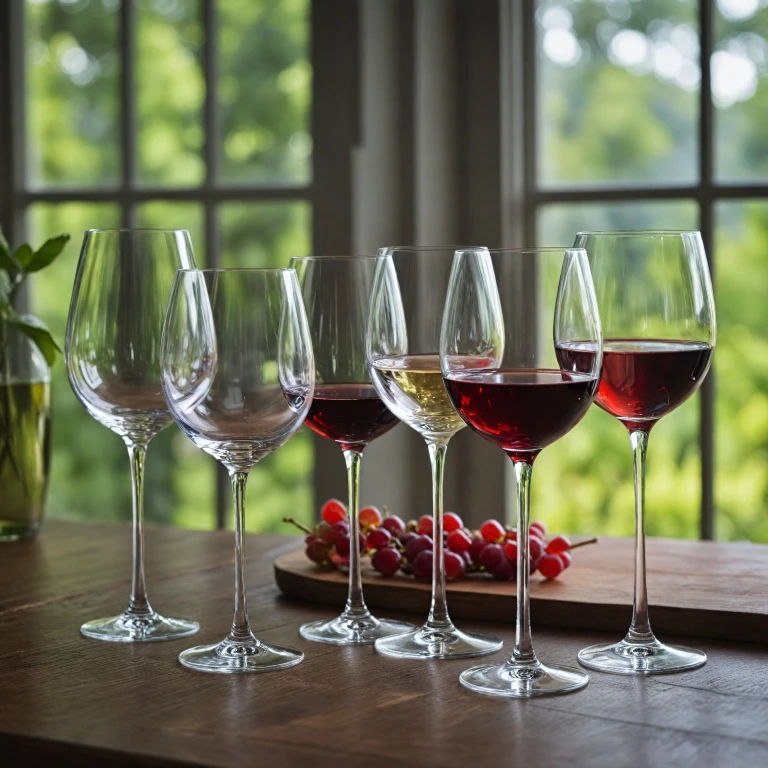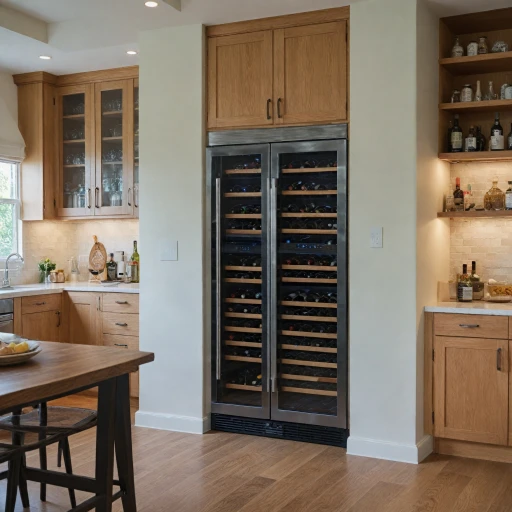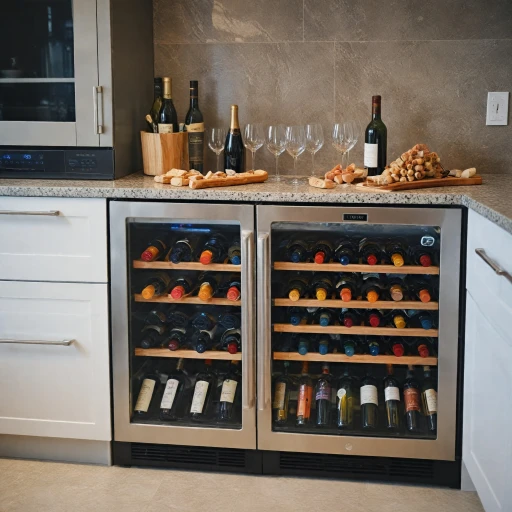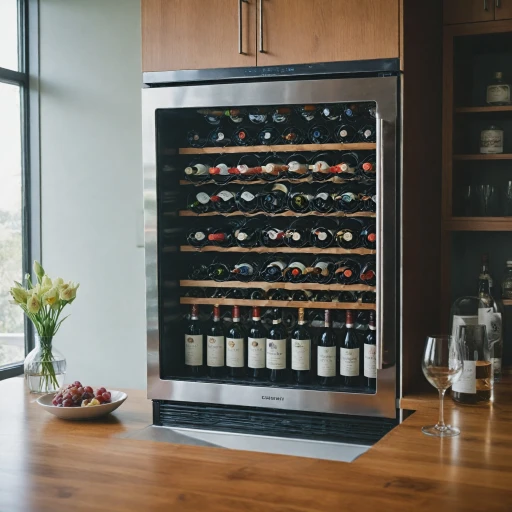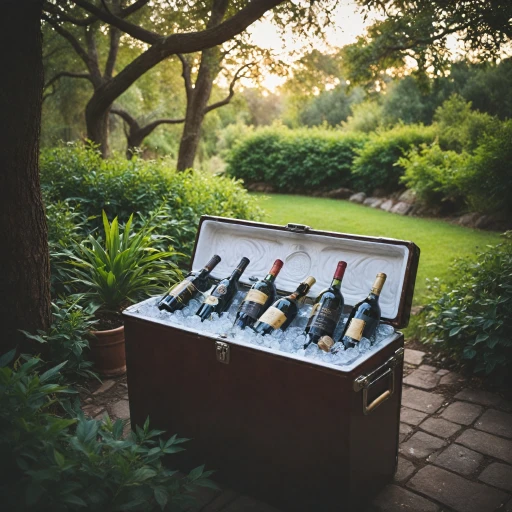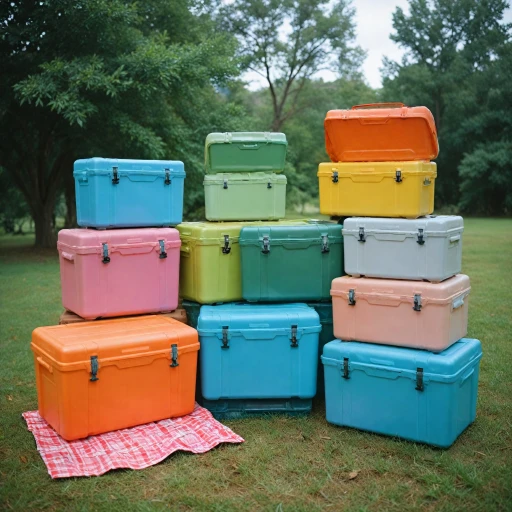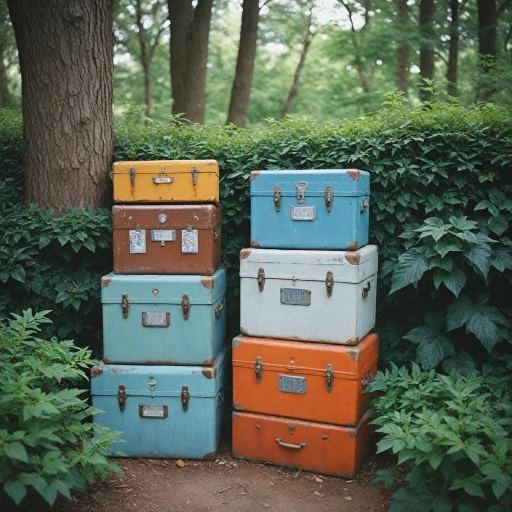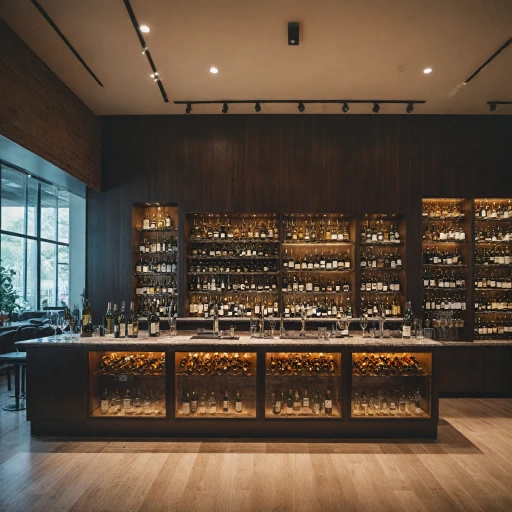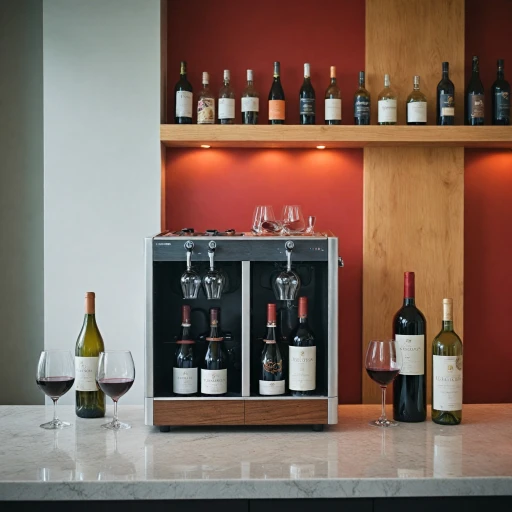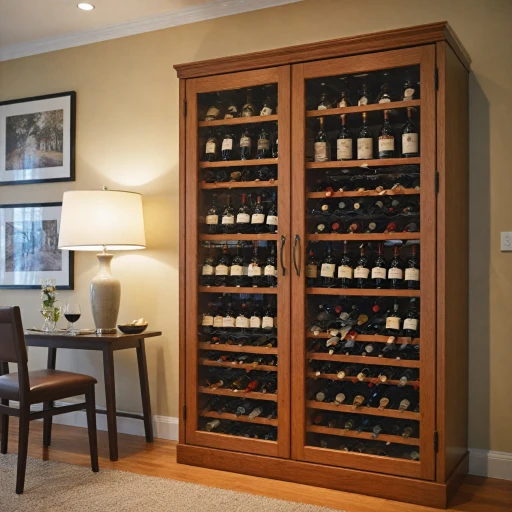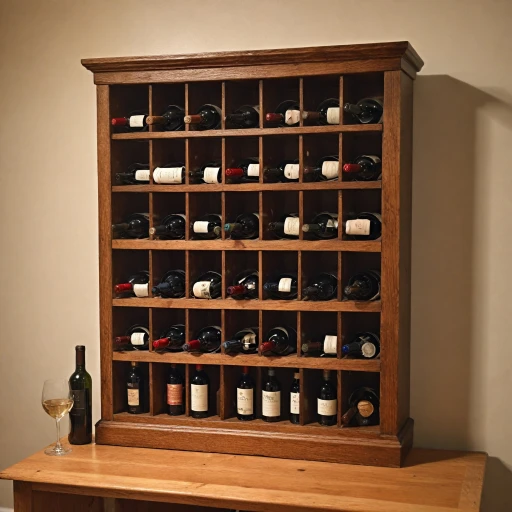
The Importance of Choosing the Right Wine Glass
The Art of Selecting the Ideal Glass
Choosing the right wine glass is more than just an aesthetic decision. It significantly impacts the overall tasting experience by influencing the aromas, flavors, and presentation of the wines you enjoy. Each type of wine requires a designated glass to fully elevate its distinctive characteristics, whether it’s a robust red wine like Cabernet Sauvignon or a crisp white wine such as Sauvignon Blanc.
The shape and size of the wine glass are crucial elements to consider. Factors like the rim, bowl, and stem all play specific roles. A large bowl, commonly used for Pinot Noir, allows greater surface area contact between the wine and air, enhancing the aromas and depth of full-bodied red wines.
For white wines, a smaller bowl helps maintain cooler temperatures while preserving the intricate aromas, ensuring your Sauvignon Blanc remains refreshingly crisp. On the other hand, for sparkling wines like Champagne, a flute glass is perfect for celebrating the effervescence and delicate bubbles that define this style.
To understand more about the variety of options available and their specific uses, visit our guide on exploring the best 12-bottle wine coolers. It provides insight into selecting the right glassware to complement your personal collection, helping you savor each glass to its fullest potential.
Red Wine Glasses: Enhancing Bold Flavors
Unveiling the Secrets of Red Wine Glasses
Red wine glasses are crafted to enhance the rich aromas and flavors characteristic of these wines. The larger bowl is a key feature, offering an expansive surface area, which allows the full-bodied nature of red wines to breathe and develop.- Shape and Size: The best red wine glasses typically have a wide, spherical bowl. This shape permits the wine's aromas to accumulate and intensify, providing a robust olfactory experience. The tapered rim helps to concentrate these aromas before they waltz across your palate.
- Types of Red Wine Glasses: Depending on the type of red wine, you may want different glasses. For lighter reds like Pinot Noir, a glass with a narrower bowl is ideal to capture its delicate aromas. Meanwhile, heavier red wines such as Cabernet Sauvignon benefit from a larger bowl that highlights their richness.
White Wine Glasses: Preserving Crispness
Achieving Elegance with White Wine Glasses
White wine glasses are crafted to enhance the subtleties of lighter wines. Unlike their red wine counterparts, these glasses typically feature a smaller bowl and a narrower rim. This design is intentional, as it helps to preserve the crispness and delicate aromas that white wines, such as sauvignon blanc and chardonnay, are known for. The shape of the bowl plays a pivotal role in accentuating the best qualities of white wines. The smaller surface area reduces oxidation, which can quickly alter the flavor profile of the wine. By maintaining a cooler temperature, the aromas and flavors are kept vibrant and refreshing. When choosing a glass for white wine, it's essential to consider stem length as well. A longer stem prevents the warmth of your hand from heating the wine too quickly. This attention to detail ensures that every sip maintains the integrity of the wine's bouquet. While selecting the right white wine glass can seem daunting, understanding their purpose can greatly enhance your wine experience. For further guidance on optimizing your wine enjoyment, explore choosing the right wine cooler size for your needs.Sparkling Wine Glasses: Celebrating Effervescence
Celebrating with the Right Glassware
When it comes to sparkling wines, the glass you choose can significantly impact your tasting experience. The best sparkling wine glasses are designed to enhance the effervescence and delicate aromas that define these wines. A typical sparkling wine glass, often referred to as a flute, has a long stem and a narrow bowl. This shape helps to maintain the bubbles and concentrate the aromas, allowing you to fully appreciate the wine's bouquet.
While flutes are popular, some connoisseurs prefer a tulip-shaped glass. This type of glass has a slightly wider bowl than a flute, which can enhance the aromas while still preserving the bubbles. The wider surface area at the top allows the aromas to develop, making it a versatile choice for different types of sparkling wines, including champagne and sparkling rosé.
For those who enjoy a more full-bodied sparkling wine, such as a vintage champagne, a white wine glass can also be a suitable option. The larger bowl allows the wine to breathe, enhancing its complex flavors. However, it's essential to ensure the glass has a narrow rim to maintain the wine's effervescence.
Choosing the right glass for your sparkling wine not only elevates the drinking experience but also complements the celebratory nature of these wines. Whether you prefer a classic flute or a tulip shape, the right glassware can make all the difference in savoring every sip.
Specialty Wine Glasses: For the Connoisseur
Unique Glass Designs for the Enthusiast
For wine aficionados who enjoy exploring the full range of wine experiences, specialty wine glasses offer a unique opportunity to savor different types of flavors and aromas. These glasses are designed with the wine connoisseur in mind, enhancing specific characteristics of varied wines.
Pinot Noir Glasses: With a large bowl that allows for the full-bodied aromas of pinot noir to develop, this glass type provides ample surface area for correct aeration. This design captures the delicate bouquet typical of red wines, enabling you to experience the intricacies of each sip.
Champagne Flutes: The flute’s narrow shape helps preserve the carbonation of sparkling wines, letting you toast in style. The tall stem ensures minimal heat transfer from your hand to the wine, maintaining the ideal temperature and effervescence.
Sauvignon Blanc Glasses: Dedicated specifically to white wines, these glasses typically feature a smaller bowl and narrower rim. These specifications keep the crispness intact while enhancing the fresh aromas that are characteristic of wines like sauvignon blanc.
As you venture further into the world of wine, exploring different styles of glassware tailored for specific wine types can both educate and elevate your tasting sessions, offering a deeper appreciation for both red and white wine nuances.

